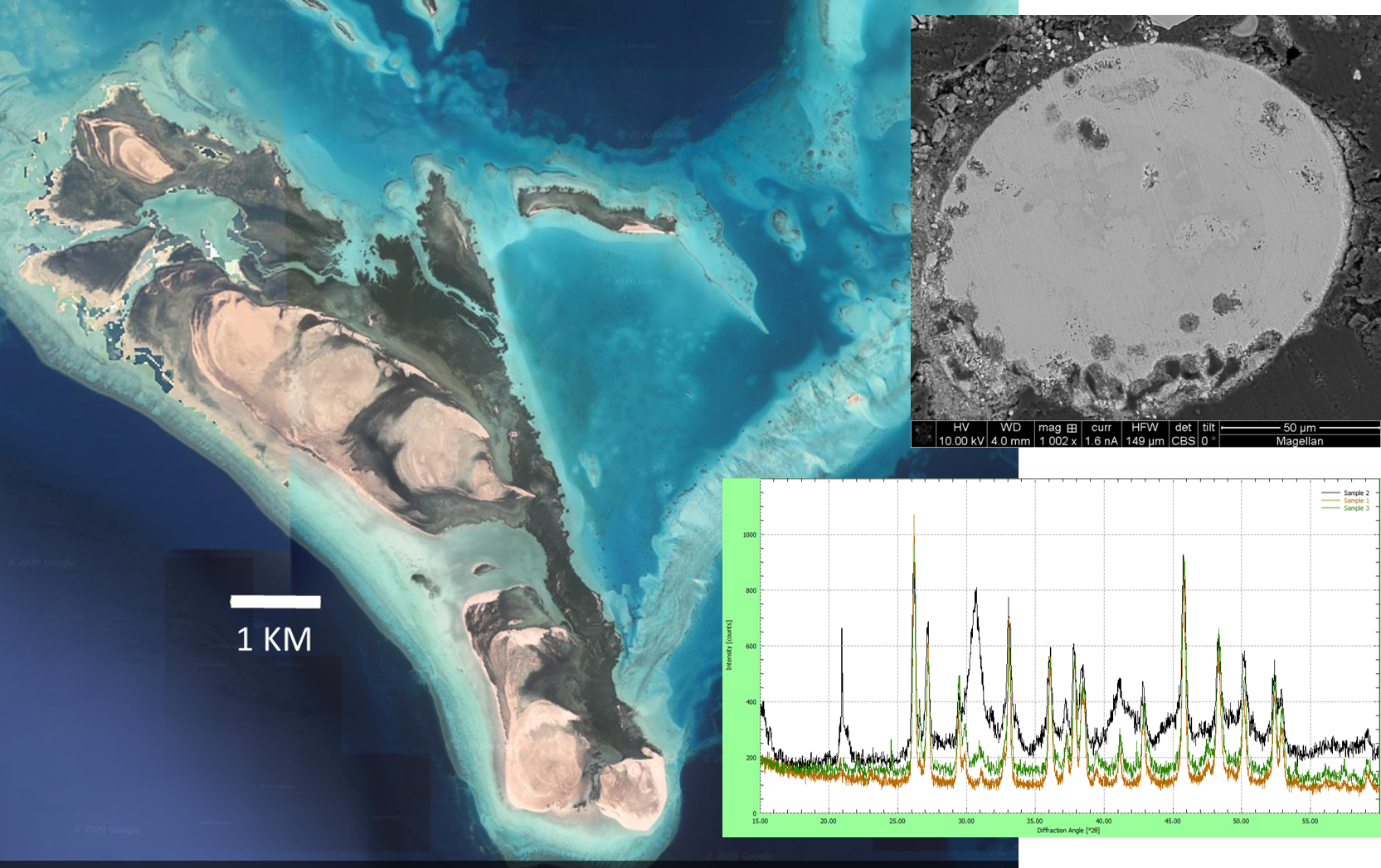Carbonate diagenesis is of fundamental importance to microporosity creation in limestones that host some of the most important hydrocarbon reservoirs in the world. The transformation of marine carbonate grains into micritized grains is a common and important initial step towards limestone generation and a well-recognized feature of synsedimentary early diagenesis of carbonate sediments. While micritization of sediment particles has been described in modern and ancient carbonate sequences worldwide for several decades, the actual processes causing this alteration are not yet understood. While the involvement of microbes in generating and lithifying sediments has attracted extensive research their involvement in causing whole-scale micritization of sedimentary sequences is much less studied. This project aims at investigating if and how microorganisms control the alteration of carbonate grains and particles to diagenetic micrite (micritization) in early shallow marine environments at and just below the sediment-water interface. The proposed multi-disciplinary research aims to: (1) provide a fundamental understanding on the process and rate of micritization of carbonate grains in early marine settings; (2) improve our ability to recognize micritization in ancient limestones, thereby preventing mis-classifications of depositional fabrics obliterated by micritization and; (3) clarify the importance of the early micritization processes in the formation and distribution of microporosity in ancient limestones that host many of the super-giant hydrocarbon reservoirs of the world.
Geobiological and Environmental Mechanisms Controlling the Formation of Micritized Sediment in Modern Shallow Marine Carbonates (Red Sea, Arabian Sea, Arabian Gulf)
The overarching aim of this project is to obtain a fundamental understanding of the syn-sedimentary micritization process in shallow marine settings and to assess whether this process sets the stage for the development of ubiquitous microporosity in ancient subsurface limestone formations. The scope of this research include quantitative assessment of the processes that cause the micritization of carbonate grains through controlled experiments in laboratories and in representative normal marine and slightly evaporitic environments of the Red Sea, the Arabian Sea and the Arabian Gulf.

KAUST: Daniele Daffonchio, Red Sea Research Center
Vrije Universitaet Amsterdam (VUA): Mónica Sánchez-Román, Pieter Vroon
Team Members
Postdoctoral Fellow
Research Interests: Chemostratigraphy, Carbonate sedimentology, Diagenesis, Reservoir Modelling and Heterogenity